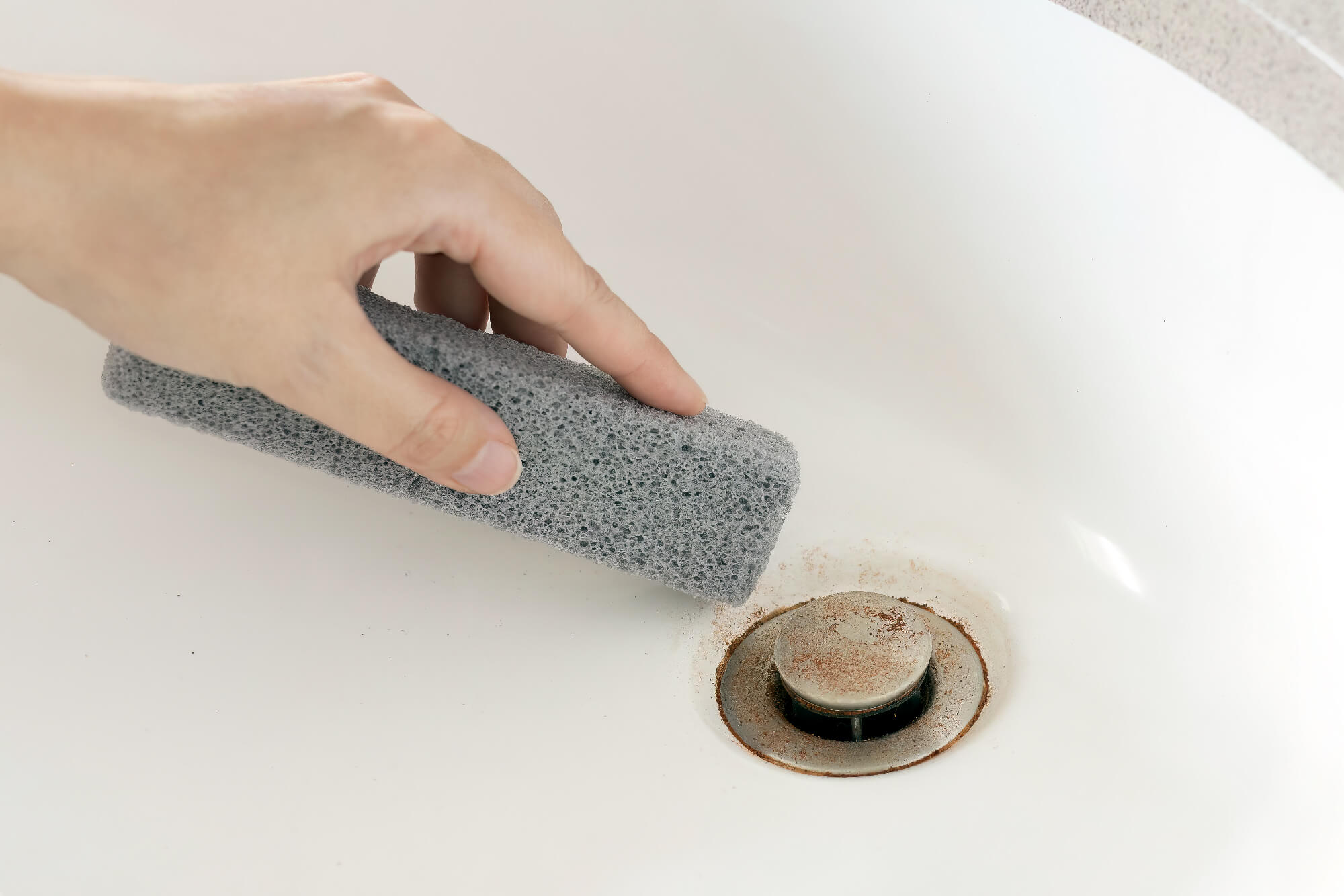

Articles
How To Get Rid Of Rust Stains In Sink
Modified: February 27, 2024
Discover effective methods and tips to remove stubborn rust stains from your sink with our insightful articles. Say goodbye to unsightly rust and restore the shine to your sink.
(Many of the links in this article redirect to a specific reviewed product. Your purchase of these products through affiliate links helps to generate commission for Storables.com, at no extra cost. Learn more)
Introduction
Rust stains can be an unsightly and frustrating problem to deal with, especially when they appear in your sink. Not only do they make your sink look dirty and neglected, but they can also be difficult to remove if not addressed promptly. Understanding what causes rust stains and how to effectively get rid of them is essential for maintaining a clean and beautiful sink.
In this article, we will explore the common causes of rust stains in sinks and provide you with a variety of effective methods to remove them. We will also discuss precautions and safety measures to take when dealing with rust stains, as well as tips for preventing future stains from appearing.
Whether you have a stainless steel, porcelain, or enamel sink, the methods we will discuss can be used on a wide range of sink materials. So, let’s dive in and learn how to banish those stubborn rust stains once and for all!
Key Takeaways:
- Understanding the causes of rust stains in sinks, such as iron-rich water and improper cleaning techniques, is crucial for effective removal and prevention. By implementing proactive measures and using the right methods, you can bid farewell to unsightly rust stains and maintain a pristine sink.
- Whether utilizing natural remedies like baking soda and vinegar or commercial rust stain removers, prioritizing safety, testing methods, and regular maintenance are essential for a rust-free sink. With the right knowledge and techniques, you can confidently restore your sink’s cleanliness and beauty.
Read more: How To Get Rid Of Grass In Rust
Understanding Rust Stains
Rust stains are caused by the oxidation of iron and can occur on a variety of surfaces, including sinks. When metal particles or iron-rich water come into contact with moisture, they can react and form rust stains over time. Understanding the nature of rust stains is important for effectively removing them from your sink.
One common misconception is that rust stains only occur on metal sinks. While it’s true that metal sinks are more prone to rusting, other types of sinks, such as porcelain or enamel, can also develop rust stains if exposed to iron-rich water or metal particles.
Rust stains can vary in appearance, ranging from light orange to reddish-brown or even black. They often develop in areas that are constantly exposed to water, such as around the drain or faucet. Over time, these stains can become more stubborn and difficult to remove if not treated promptly.
It’s important to note that rust stains are different from other types of stains, such as hard water stains or mineral deposits. While these stains may appear similar, rust stains specifically result from the oxidation of iron, whereas other stains are caused by a buildup of minerals or impurities in the water.
Now that we have a better understanding of rust stains, let’s explore the common causes of these stains in sinks and how to address them effectively.
Common Causes of Rust Stains in Sinks
Rust stains in sinks can be caused by a variety of factors, ranging from water quality to the materials used in the sink itself. By identifying the root cause of the rust stains, you can take appropriate steps to prevent them from recurring in the future. Here are some common causes:
- Iron-rich water: If your water supply contains high levels of iron, it can contribute to the formation of rust stains in your sink. When this water comes into contact with the sink’s surface, it can leave behind iron deposits that oxidize and form rust stains over time.
- Corroded or rusty plumbing: Old or corroded plumbing pipes can introduce rust into your water supply and subsequently cause rust stains in your sink. It’s important to regularly inspect and maintain your plumbing system to prevent rust from accumulating and staining your sink.
- Improper cleaning techniques: Using harsh chemical cleaners or abrasive cleaning tools on your sink can cause damage to the surface, making it more susceptible to rust stains. It’s important to use gentle cleaning methods that are suitable for the type of sink material you have.
- Scratches or chips in the sink: If your sink has scratches or chips in its surface, it creates opportunities for water and moisture to come into direct contact with the underlying metal. This can lead to rust formation and subsequent rust stains.
- Metallic objects or utensils: Leaving metal objects or utensils, such as pots, pans, or cutlery, in contact with the sink’s surface for extended periods can result in rust stains. The metal can react with the sink’s material, causing oxidation and the formation of rust.
By determining the cause of rust stains in your sink, you can implement appropriate measures to prevent them. Whether it’s improving your water quality, repairing plumbing issues, using proper cleaning techniques, or being mindful of metal objects in the sink, taking proactive steps will help keep your sink free from unsightly rust stains.
Precautions and Safety Measures
When dealing with rust stains in sinks, it is important to take certain precautions and follow safety measures to ensure your well-being and the longevity of your sink. Here are some essential precautions and safety measures to keep in mind:
- Protective Gear: Wear appropriate protective gear, such as gloves and goggles, to safeguard your skin and eyes from any potentially harmful chemicals or cleaning agents that may be used during the rust stain removal process.
- Ventilation: Ensure proper ventilation in the area where you are working to avoid inhaling any fumes or chemical odors that may be released during the cleaning process.
- Read Product Instructions: If you are using a commercial rust stain remover, carefully read and follow the instructions provided on the product label. This will ensure you are using the product correctly and safely.
- Mixing Chemicals: If you are using a DIY rust stain removal solution that involves mixing chemicals, be cautious and follow the recommended measurements and guidelines. Improper mixing can lead to hazardous reactions.
- Test in a Small Area: Before applying any cleaning solution or method to the entire sink, test it in a small inconspicuous area first. This will help you determine if the solution is safe for your sink and if it effectively removes rust stains without causing any damage.
- Avoid Abrasive Tools: While it may be tempting to use abrasive tools or harsh scrub brushes to remove rust stains, these can scratch the surface of your sink and potentially cause further damage. Instead, opt for soft cloths or non-abrasive cleaning tools.
- Rinse Thoroughly: After cleaning your sink, make sure to thoroughly rinse the surface with clean water to remove any residue from the cleaning agents. This will help prevent any lingering chemicals from damaging the sink or potentially causing skin irritation.
By taking these precautions and safety measures, you can ensure a safe and effective rust stain removal process for your sink. Remember to always prioritize your safety and follow the proper guidelines to protect yourself and your sink from any harm.
Materials Needed
Before you begin the process of removing rust stains from your sink, it’s important to gather all the necessary materials. Having the right tools and cleaning agents on hand will make the process go smoother and increase the chances of effectively removing the stains. Here are the materials you will need:
- Baking soda: Baking soda is a versatile cleaning agent that can help remove rust stains. It is non-abrasive and safe to use on most sink materials.
- Vinegar: White vinegar is a natural acid that can dissolve rust stains and help eliminate any accompanying odors.
- Lemon juice: Lemon juice contains citric acid, which is effective in breaking down rust stains and leaving a fresh scent.
- Salt: Salt acts as an abrasive agent and can assist in scrubbing away rust stains. It can be used in combination with lemon juice or vinegar.
- Commercial rust stain remover: There are various commercial rust stain removers available in the market. Choose a reputable brand and follow the instructions provided on the product label.
- Hydrogen peroxide: Hydrogen peroxide is a mild bleach that can help remove tough rust stains. It is safe to use on most sink materials.
- Cream of tartar: Cream of tartar, when combined with hydrogen peroxide, forms a paste that can effectively tackle rust stains.
- Coca-Cola: The acidity of Coca-Cola can help dissolve rust stains. It can be used as an alternative to other cleaning agents.
- Soft cloth or sponge: These gentle cleaning tools will allow you to scrub the sink surface without causing damage.
- Protective gloves and goggles: It is important to protect your hands and eyes from any potential chemicals or cleaning agents by wearing gloves and goggles.
Make sure to gather these materials before you start the rust stain removal process. Having everything readily available will save you time and ensure a smoother cleaning experience.
Method 1: Using Baking Soda and Vinegar
One of the most effective and natural ways to remove rust stains from sinks is by using a combination of baking soda and vinegar. Baking soda acts as a gentle abrasive, while vinegar’s acidic properties help dissolve the rust stains. Here’s how to use this method:
- Start by dampening the surface of the sink with water.
- Sprinkle a generous amount of baking soda directly onto the rust stains. Make sure to cover the entire stained area.
- Using a soft cloth or sponge, gently scrub the baking soda into the rust stains. Apply light pressure and work in circular motions to lift the stains.
- After scrubbing, pour a small amount of vinegar onto the baking soda-covered stains. The vinegar will react with the baking soda and create a foaming reaction.
- Allow the mixture of baking soda and vinegar to sit on the stains for about 10-15 minutes. This will give them time to penetrate and break down the rust.
- After the waiting period, use the cloth or sponge to scrub the stained area once again. The combination of baking soda, vinegar, and scrubbing action will help lift and remove the rust stains.
- Rinse the sink thoroughly with clean water to remove any residue from the baking soda and vinegar mixture.
- Inspect the sink to see if any traces of rust stains remain. If needed, repeat the process or move on to another method.
Using baking soda and vinegar is both effective and safe for most sink materials. However, it’s always a good idea to test this method in a small, inconspicuous area of your sink before applying it to the entire stained surface.
Remember to wear protective gloves and avoid inhaling the fumes from the vinegar during the cleaning process. Follow up with a thorough rinse to ensure that no residue is left behind.
Now that you know how to use baking soda and vinegar to remove rust stains, let’s explore another method using lemon juice and salt.
Use a mixture of baking soda and vinegar to scrub the rust stains in the sink. Let it sit for a few minutes before scrubbing with a sponge or brush. Rinse thoroughly with water.
Method 2: Using Lemon Juice and Salt
If you prefer a natural and citrusy approach to removing rust stains from your sink, using lemon juice and salt can be a highly effective method. The citric acid in lemon juice acts as a natural rust remover, while salt provides gentle abrasion to help scrub away the stains. Here’s how to use this method:
- Cut a fresh lemon in half and squeeze out the juice into a small bowl or container.
- Sprinkle a generous amount of salt directly onto the rust stains in your sink. Make sure to cover the entire stained area.
- Using one half of the lemon, dip the cut side into the salt and rub it onto the stains. Apply moderate pressure and scrub in circular motions to work the lemon juice and salt into the rust stains.
- Continue scrubbing for a few minutes, periodically reapplying lemon juice and salt as needed.
- Allow the lemon juice and salt mixture to sit on the stains for about 10-15 minutes. This will give them time to break down the rust.
- After the wait time, use a soft cloth or sponge to scrub the stained area once again. The combination of lemon juice, salt, and gentle scrubbing will help lift and remove the rust stains.
- Rinse the sink thoroughly with clean water to wash away any residue from the lemon juice and salt mixture.
- Inspect the sink to see if any traces of rust stains remain. If needed, repeat the process or try another method.
This method is safe to use on most sink materials, but it’s always a good idea to test it in a small, inconspicuous area first. The natural acidity of lemon juice combined with the salt’s abrasiveness make this method effective in removing rust stains.
As with any cleaning method, remember to wear protective gloves to prevent any irritation, especially if you have sensitive skin. Ensure proper ventilation in the area to avoid inhaling any lemon juice fumes.
Now that you’ve learned how to use lemon juice and salt, let’s explore another method using a commercial rust stain remover.
Method 3: Using Commercial Rust Stain Remover
If you have stubborn rust stains in your sink that are difficult to remove using natural methods, a commercial rust stain remover can be an effective solution. These products are specifically formulated to tackle tough rust stains and are readily available in most hardware stores or supermarkets. Here’s how to use a commercial rust stain remover:
- Read the instructions provided on the product label carefully and follow them accordingly. Different rust stain removers may have specific application methods and waiting times.
- Start by ensuring the sink surface is clean by removing any loose debris or dirt.
- Apply the commercial rust stain remover directly to the rust stains in your sink. Use a brush or sponge to spread the product and cover the entire stained area.
- Allow the rust stain remover to sit on the stained surface for the recommended amount of time stated on the product label. This will typically range from a few minutes to several hours.
- After the recommended wait time, use a soft brush or sponge to gently scrub the stained area. This will help loosen and remove the rust stains.
- Rinse the sink thoroughly with clean water to wash away any residue from the rust stain remover.
- Inspect the sink to see if any traces of rust stains remain. If needed, repeat the process or try an alternative method.
It’s important to choose a reputable and reliable brand of commercial rust stain remover. Follow the instructions provided on the product label to ensure safe and effective use.
When using a commercial rust stain remover, also remember to wear protective gloves and ensure proper ventilation in the area. These products can contain strong chemicals, so it’s important to handle them with caution and follow the safety guidelines.
If the commercial rust stain remover does not completely remove the rust stains from your sink, consider trying another method or seeking professional assistance.
Now that you’ve explored using a commercial rust stain remover, let’s move on to method 4, which involves using hydrogen peroxide and cream of tartar.
Method 4: Using Hydrogen Peroxide and Cream of Tartar
When faced with stubborn rust stains in your sink, a combination of hydrogen peroxide and cream of tartar can be a powerful solution. Hydrogen peroxide acts as a gentle bleach, while cream of tartar provides abrasive properties to help scrub away the rust stains. Here’s how to use this method:
- In a small bowl, mix equal parts hydrogen peroxide and cream of tartar to form a paste. The amount of each ingredient will depend on the size of the stained area.
- Apply the paste to the rust stains in your sink, covering the entire affected area. Use a brush or sponge to spread the paste evenly.
- Allow the mixture to sit on the rust stains for about 15-20 minutes. This will give it time to penetrate and break down the rust.
- Using a soft brush or sponge, gently scrub the stained area. Apply moderate pressure and work in circular motions to lift and remove the rust stains.
- Rinse the sink thoroughly with clean water to wash away any residue from the hydrogen peroxide and cream of tartar mixture.
- Inspect the sink to see if any traces of rust stains remain. If needed, repeat the process or move on to another method.
This method is suitable for most sink materials, but it’s always a good idea to test it in a small, inconspicuous area first. The combination of hydrogen peroxide and cream of tartar helps break down the rust stains and restore the sink’s cleanliness.
Remember to wear protective gloves during the process to avoid any skin irritation. Proper ventilation is also important since hydrogen peroxide can release mild fumes.
If the rust stains persist after using this method, consider trying another approach or seeking professional help for stubborn stains.
Now that you’ve learned how to use hydrogen peroxide and cream of tartar, let’s move on to method 5, which involves using a surprising household item: Coca-Cola!
Read more: How To Get Rust Stains Off A Bathtub
Method 5: Using Coca-Cola
Believe it or not, Coca-Cola can be a surprisingly effective solution for removing rust stains from sinks. The acidic nature of Coca-Cola helps to break down the rust, making it easier to scrub away. Here’s how to use this method:
- Pour a generous amount of Coca-Cola directly onto the rust stains in your sink, making sure to cover the entire affected area.
- Allow the Coca-Cola to sit on the rust stains for about 1-2 hours. This will give it ample time to break down and loosen the rust.
- Using a soft brush or sponge, scrub the stained area thoroughly. Apply moderate pressure and work in circular motions to lift and remove the rust stains.
- Rinse the sink thoroughly with clean water to wash away any residue from the Coca-Cola.
- Inspect the sink to see if any traces of rust stains remain. If needed, repeat the process or try an alternative method.
It’s important to note that while Coca-Cola is effective in removing rust stains, it should be used in moderation due to its high sugar content. Rinse the sink thoroughly after using Coca-Cola to ensure that no sticky residue is left behind.
As always, it’s a good idea to test this method in a small, inconspicuous area of your sink before applying it to the entire stained surface.
Now that you’ve discovered the surprising rust-fighting power of Coca-Cola, it’s time to move on to the next section, which focuses on preventing future rust stains in your sink.
Preventing Future Rust Stains
Preventing future rust stains in your sink requires a proactive approach to maintenance and care. By implementing a few simple strategies, you can significantly reduce the likelihood of rust stains reappearing. Here are some preventive measures you can take:
- Keep the sink dry: After using the sink, make sure to wipe it dry with a clean towel or cloth. This will prevent water from pooling and sitting on the surface, which can contribute to the formation of rust stains.
- Fix plumbing issues promptly: If you notice any leaks or signs of corrosion in your plumbing system, address them as soon as possible. Leaking water can introduce rust into the sink over time, leading to stains.
- Avoid leaving metal objects in the sink: Be mindful of leaving metal objects, such as pots, pans, or utensils, in the sink for extended periods. The prolonged contact between metal and water can lead to rust stains. Instead, rinse and dry metal objects promptly after use.
- Use a sink protector: Place a sink protector or mat at the bottom of the sink to protect the surface from scratches and chips. Scratches can provide opportunities for water and moisture to come into direct contact with the underlying metal, resulting in rust stains.
- Be cautious with cleaning products: Avoid using harsh chemical cleaners or abrasive tools that can damage the sink’s surface. Stick to gentle cleaning agents and non-abrasive tools to maintain the sink’s integrity.
- Install a water softener: If your water supply has high levels of iron or is known to cause rust stains, consider installing a water softener. This can help reduce the iron content and minimize the risk of rust stains.
- Regularly inspect and clean: Schedule regular inspections of your sink to identify any signs of rust or stains. Clean the sink regularly using appropriate methods to prevent any buildup that can lead to stubborn stains.
By following these preventive measures and incorporating them into your sink maintenance routine, you can minimize the occurrence of rust stains and keep your sink looking clean and pristine.
Now that you’re equipped with the knowledge of preventing rust stains, let’s conclude this article:
Conclusion
Rust stains in sinks can be a frustrating and unsightly problem, but with the right knowledge and techniques, they can be effectively removed and prevented. Whether you opt for natural remedies like baking soda and vinegar or commercial rust stain removers, there is a method to suit your preference and needs.
Understanding the causes of rust stains, such as iron-rich water or metallic objects left in the sink, is key to preventing their recurrence. By taking proactive steps like keeping the sink dry, fixing plumbing issues promptly, and using sink protectors, you can significantly reduce the likelihood of rust stains appearing again.
Remember to always prioritize safety when dealing with rust stains. Wear protective gloves and goggles when using cleaning agents, ensure proper ventilation, and follow the instructions provided by the product manufacturers. Additionally, test any cleaning method in a small, inconspicuous area before applying it to the entire sink.
With the right materials and methods at your disposal, you can confidently tackle rust stains in your sink and restore its cleanliness and beauty. Regular maintenance and care are essential in maintaining a rust-free sink in the long run.
So, say goodbye to those pesky rust stains and enjoy a fresh and clean sink once again. With the knowledge and techniques gained from this article, you are well-equipped to remove and prevent rust stains, ensuring a welcoming and aesthetically pleasing sink for years to come.
Frequently Asked Questions about How To Get Rid Of Rust Stains In Sink
Was this page helpful?
At Storables.com, we guarantee accurate and reliable information. Our content, validated by Expert Board Contributors, is crafted following stringent Editorial Policies. We're committed to providing you with well-researched, expert-backed insights for all your informational needs.
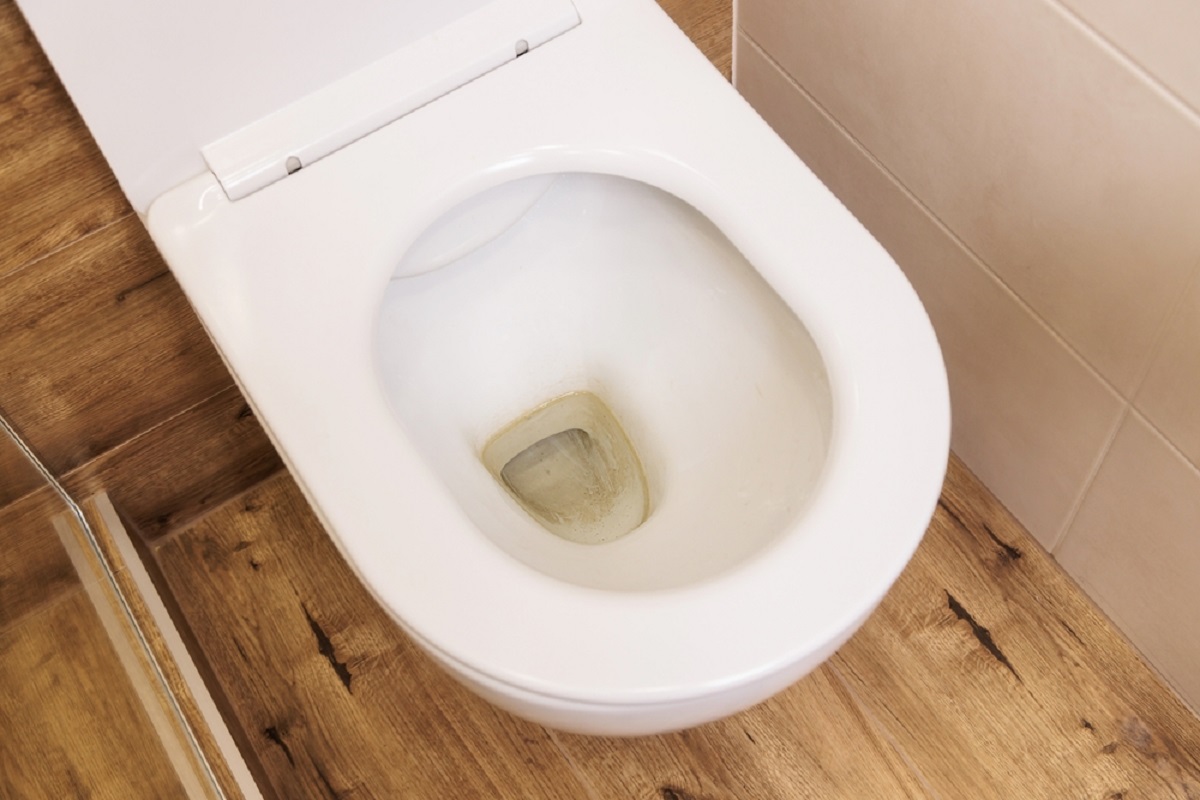
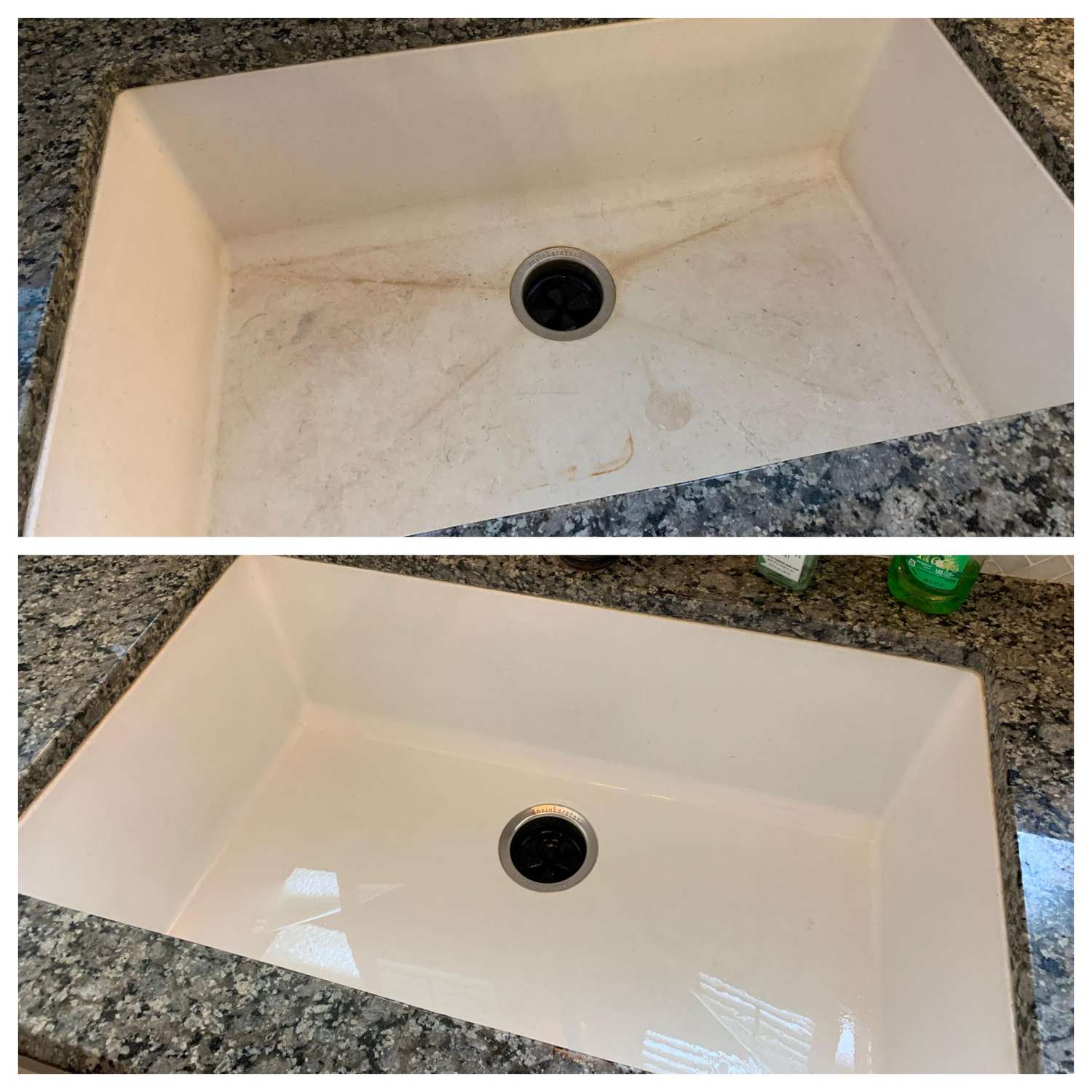
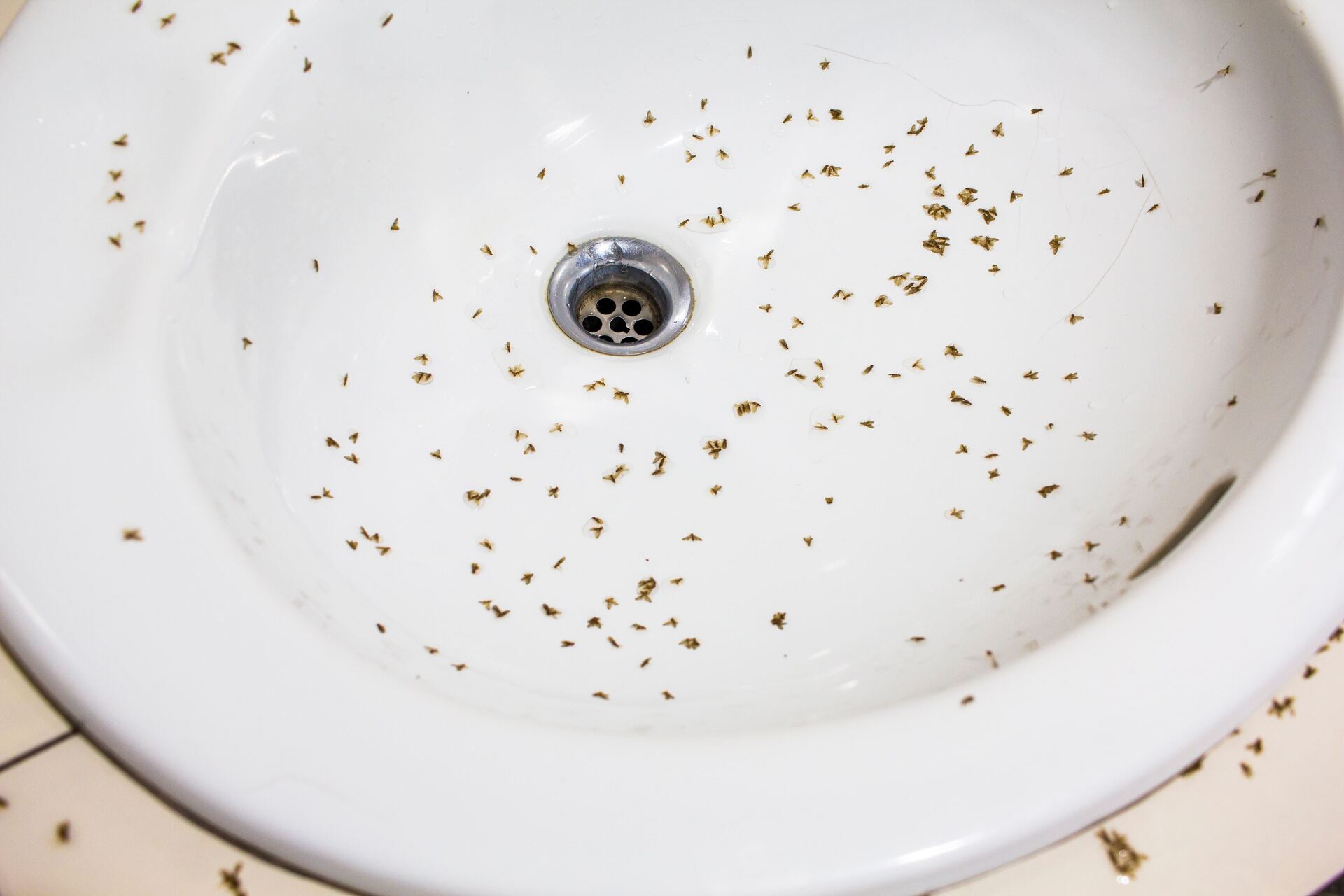
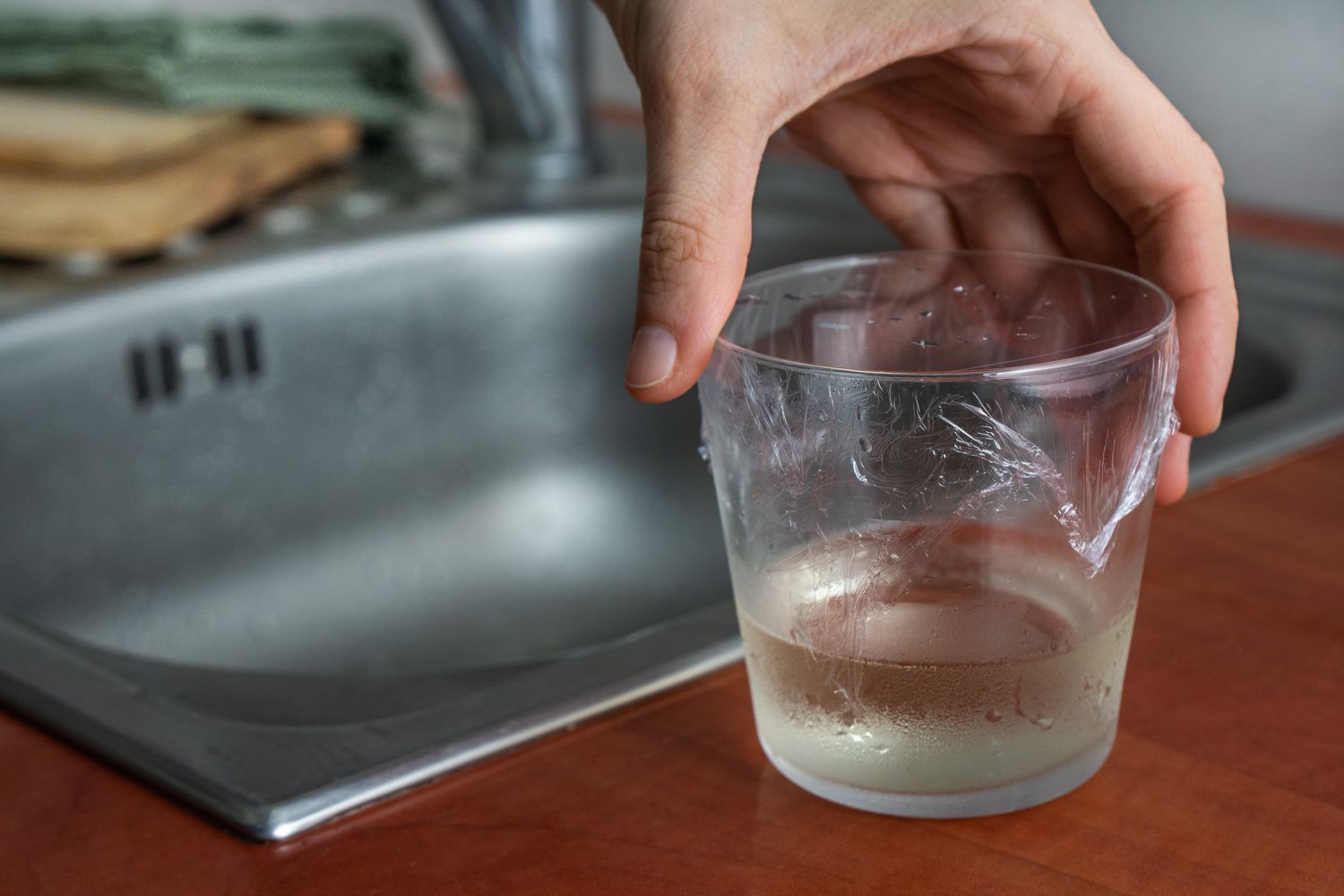
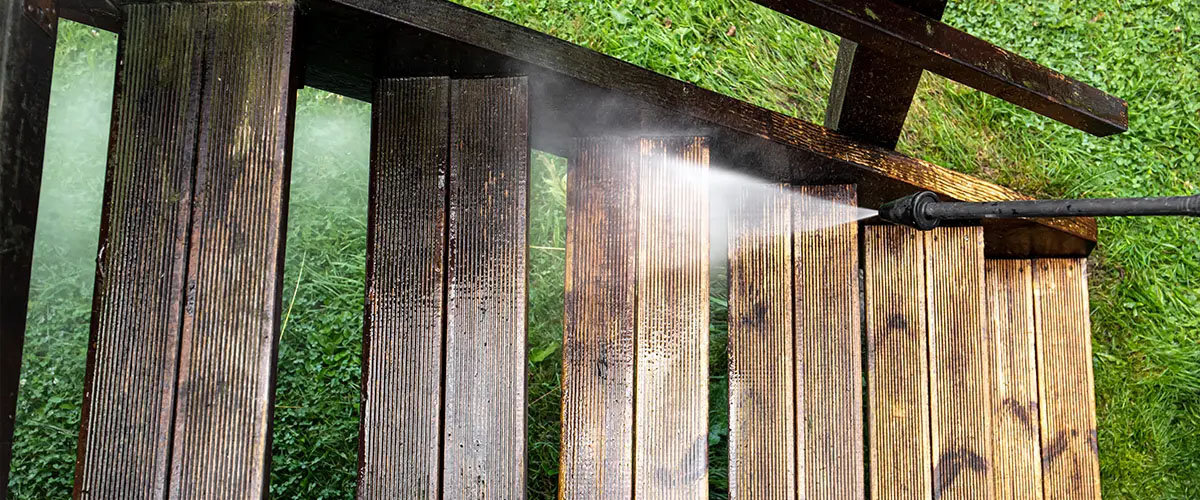
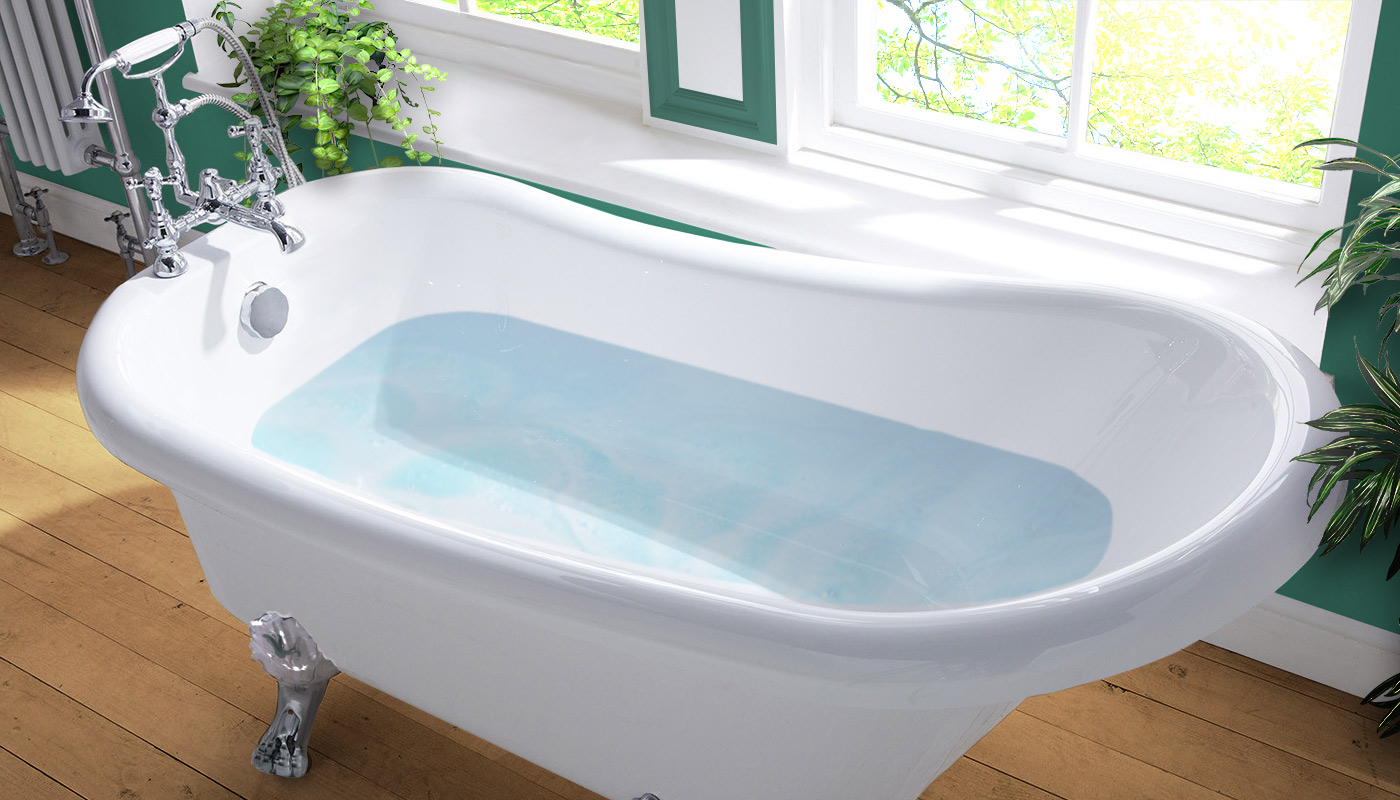
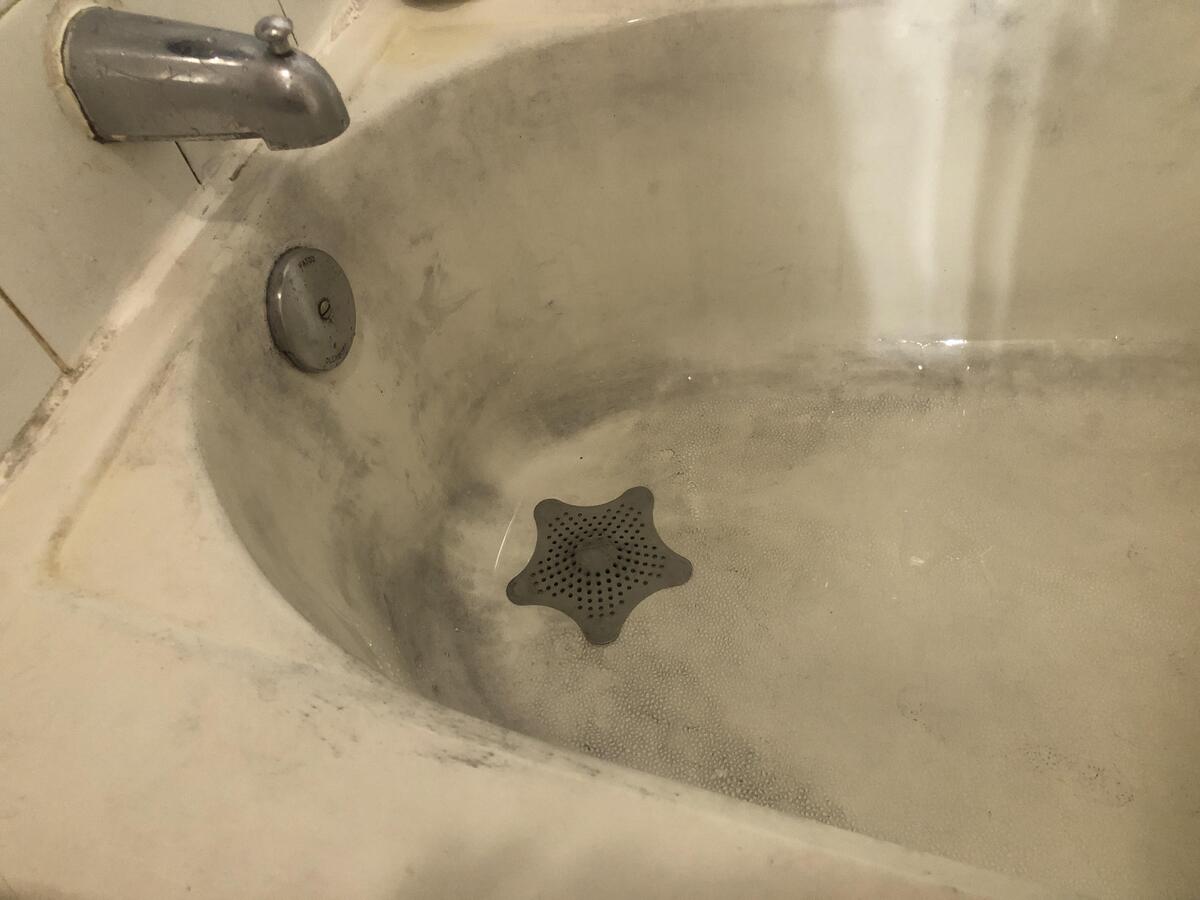
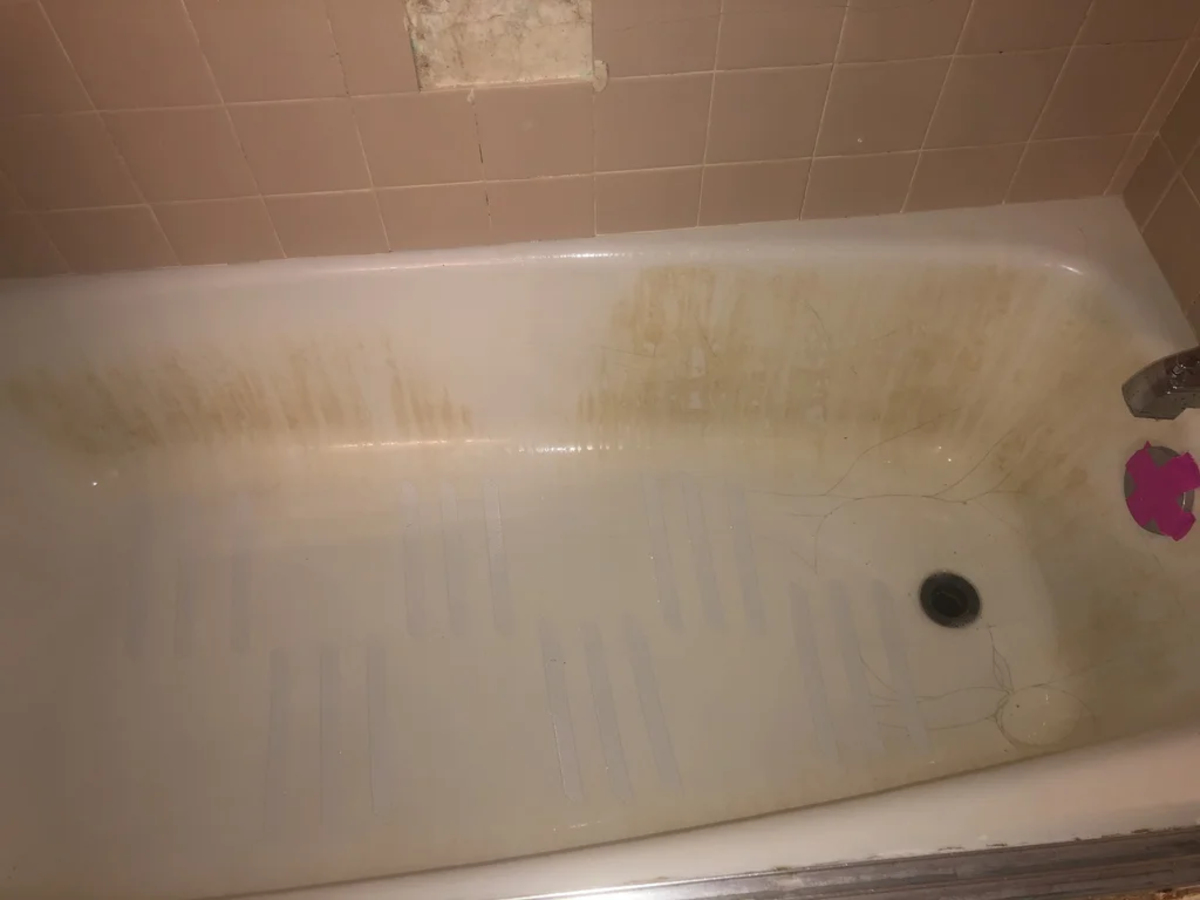

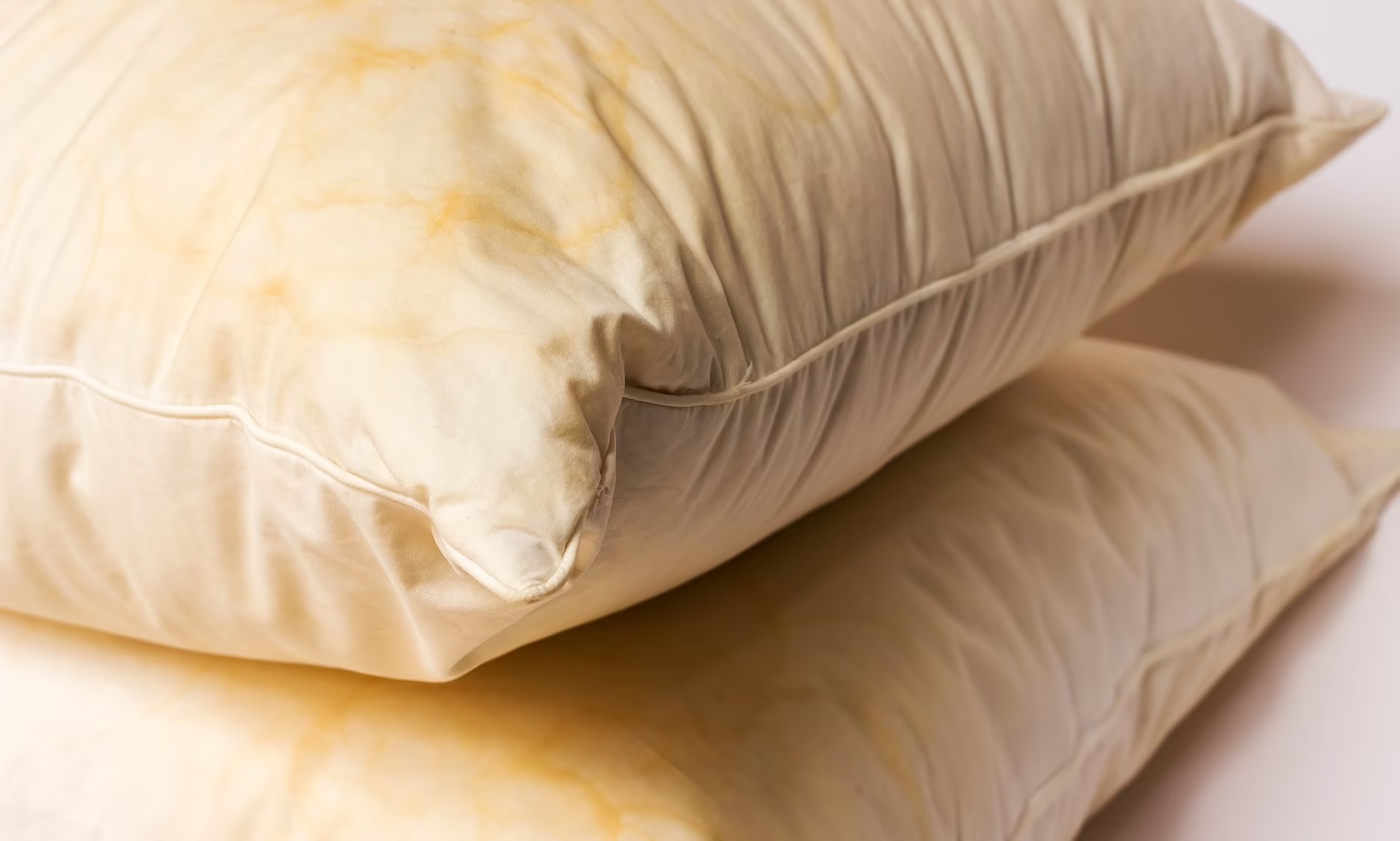
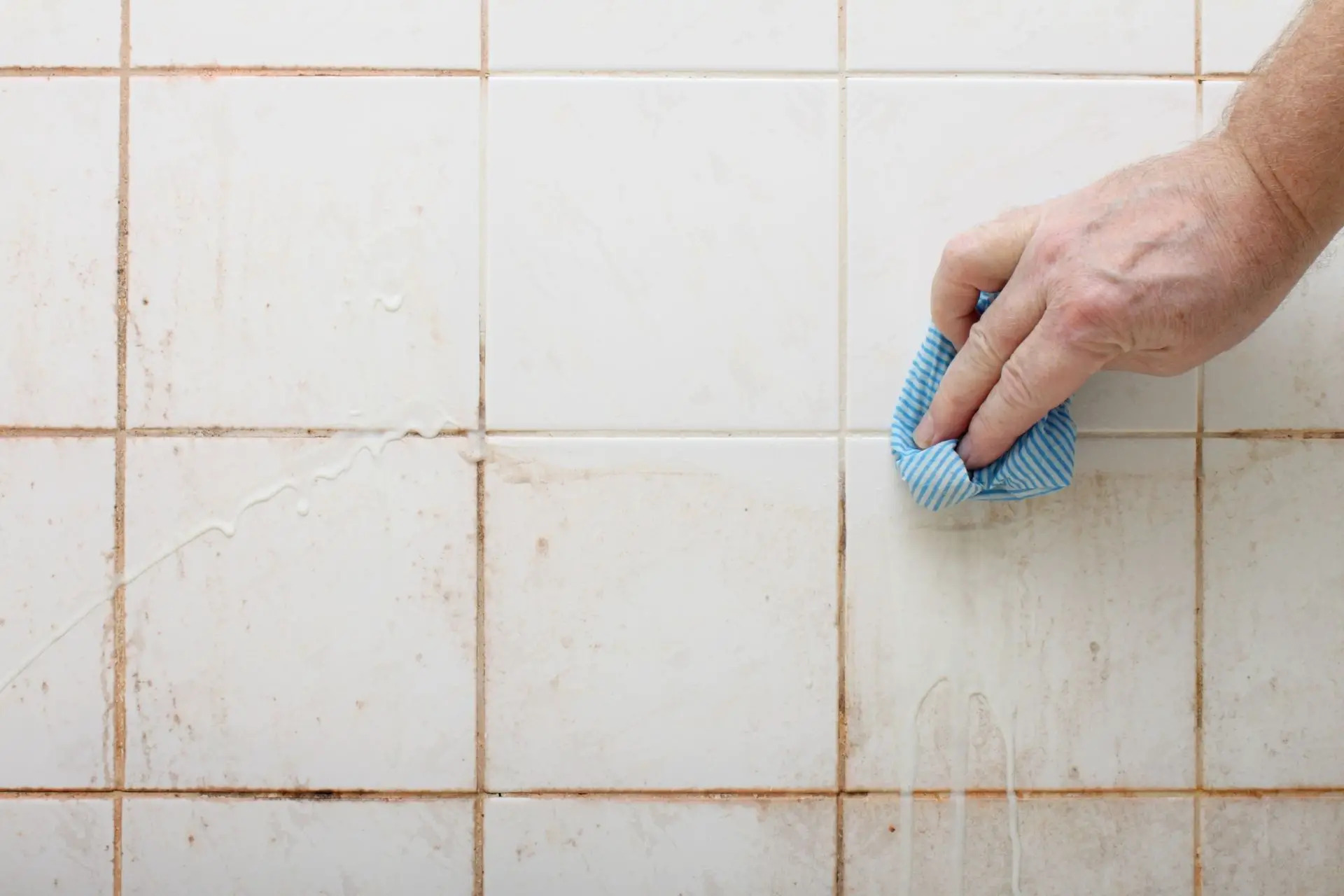
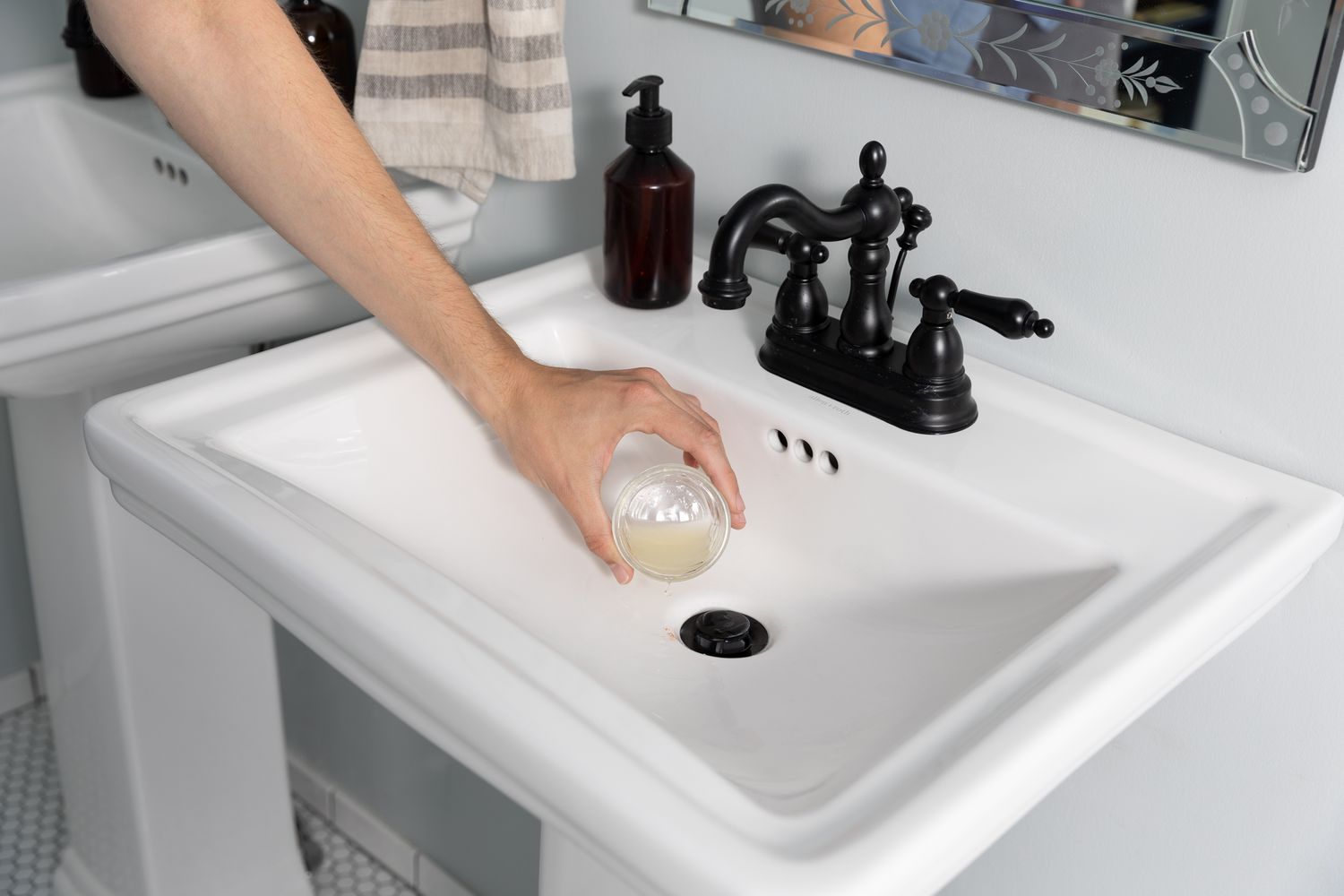
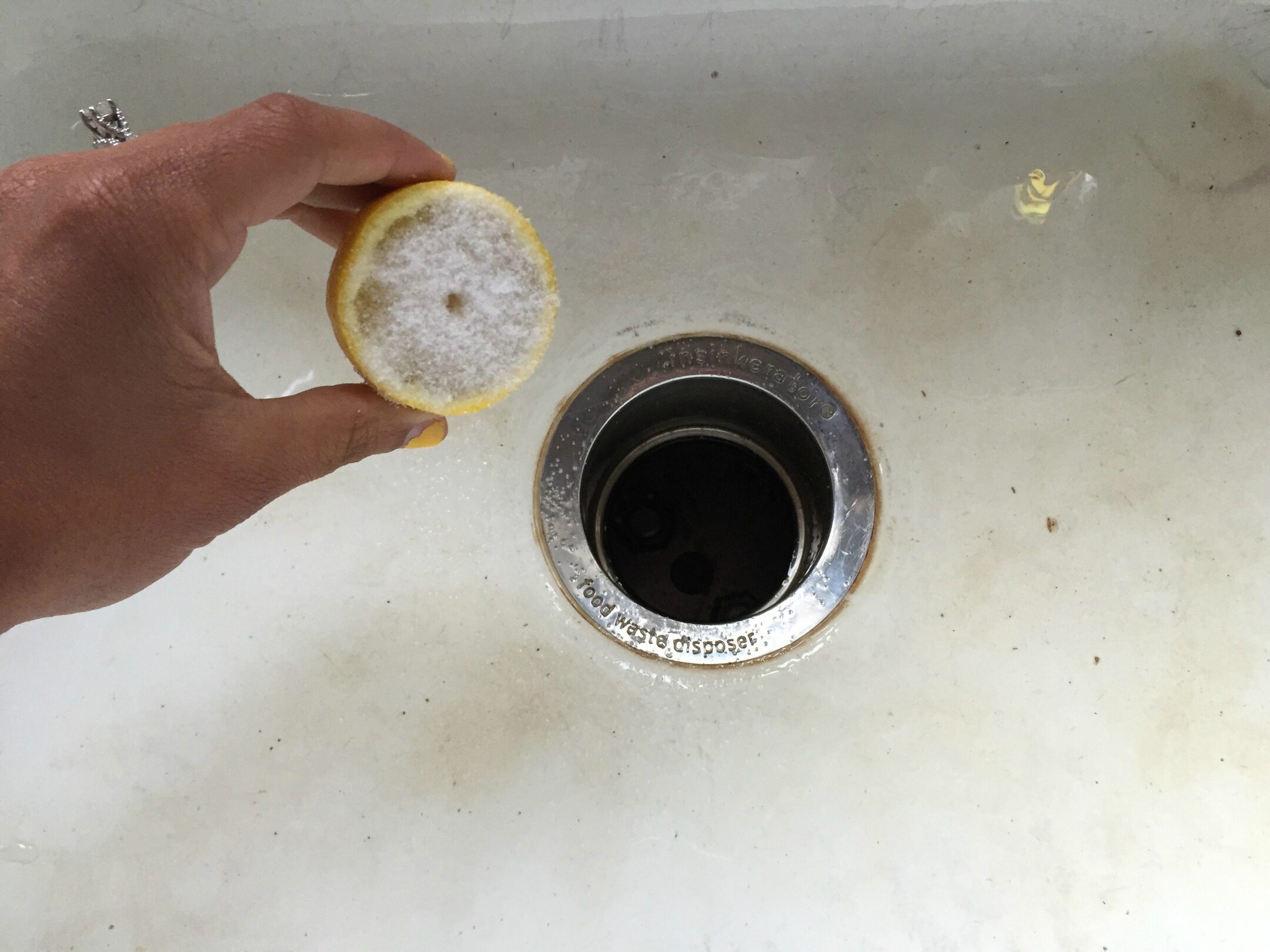

0 thoughts on “How To Get Rid Of Rust Stains In Sink”